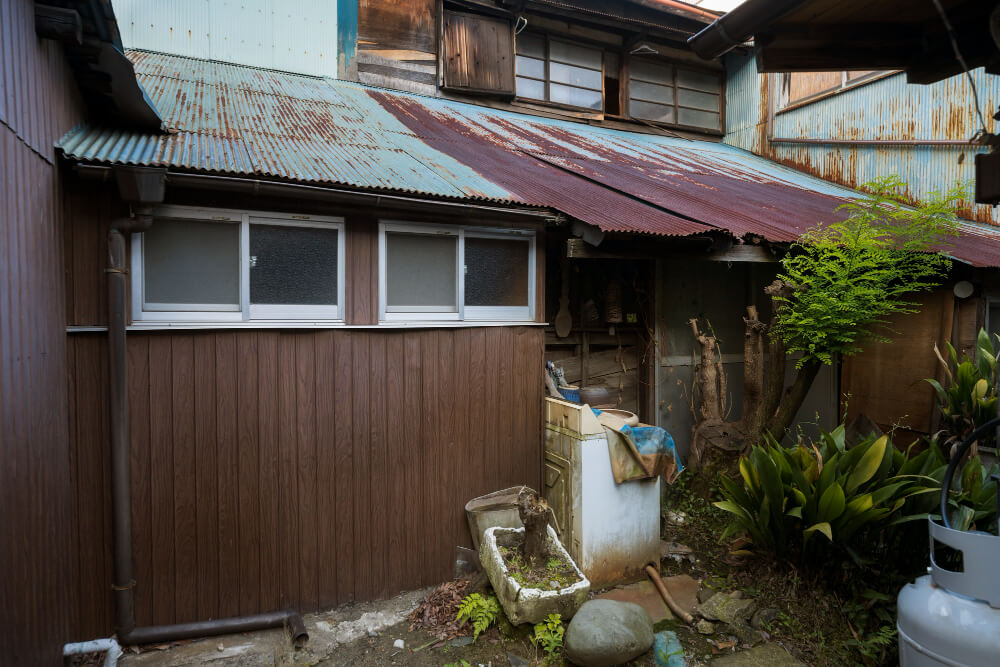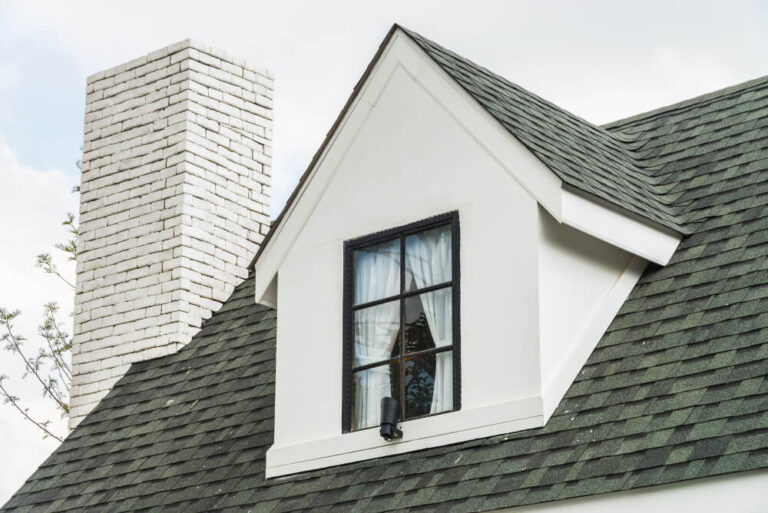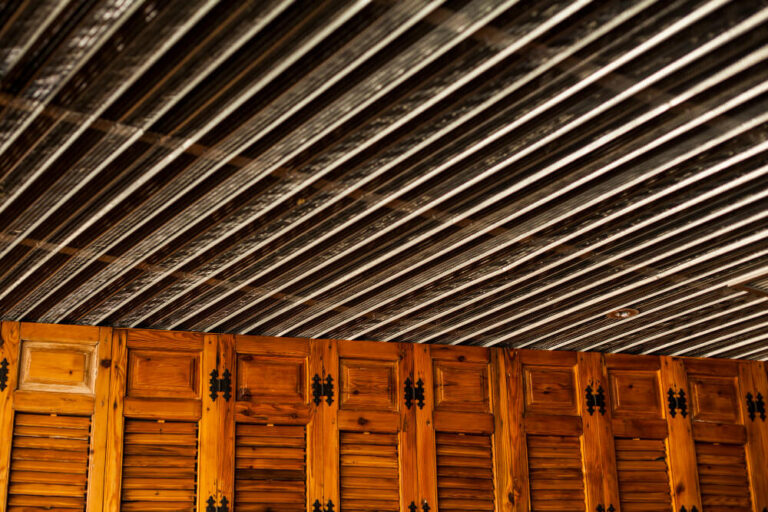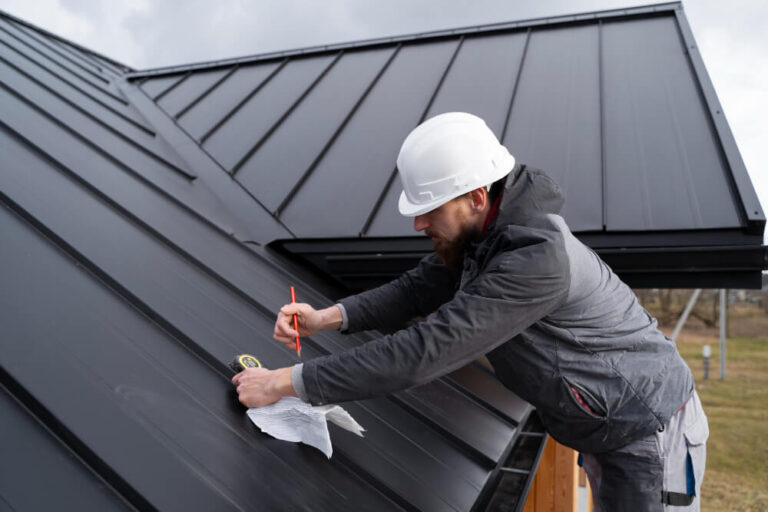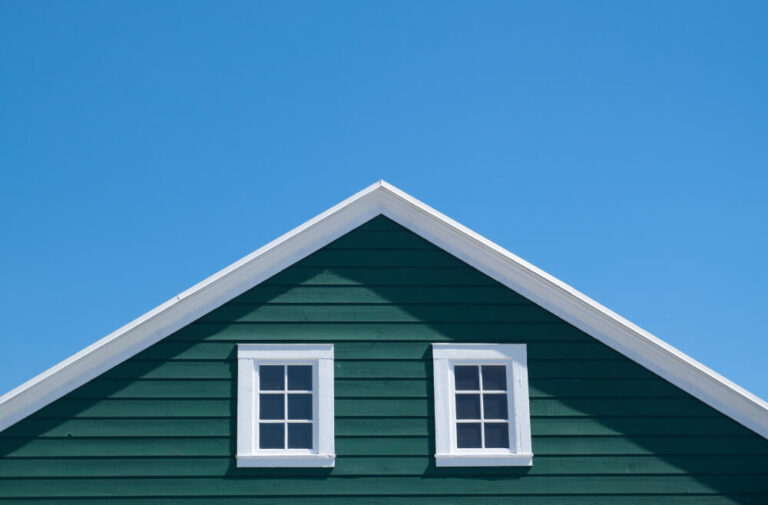Roof damage is one of the most common and costly issues homeowners face. Understanding the different types of roof damage, their causes, warning signs, and repair options is essential for protecting your home and your investment. This guide covers every major type of roof damage, how to spot it, what it means, and what you can do about it—no fluff, just facts and actionable advice.
Types of Roof Damage at a Glance
| Type | Main Causes | Common Signs |
|---|---|---|
| Shingle Damage | Weather, age, impact | Cracks, curling, missing, granule loss |
| Leaks & Water Damage | Flashing failure, poor sealing, ice dams | Stains, drips, mold, rot |
| Wind Damage | Storms, hurricanes, tornadoes | Lifted, torn, or missing shingles |
| Hail Damage | Hailstorms | Dents, bruises, punctures |
| Structural Damage | Sagging, rot, heavy snow, poor framing | Sagging, uneven roofline, cracks |
| Flashing Damage | Corrosion, poor install, age | Leaks at chimneys, vents, valleys |
| Moss, Algae, Mold | Moisture, shade, poor drainage | Green/black streaks, growths |
| Pest Damage | Birds, rodents, insects | Holes, nests, chewed wood |
| UV & Heat Damage | Sun exposure | Fading, brittleness, cracking |
| Ice Dam Damage | Poor insulation, freeze/thaw | Leaks, icicles, water stains |
1. Shingle Damage
Shingle damage is the most common type of roof damage, especially on asphalt roofs. Shingles can crack, curl, blister, or go missing due to age, weather, or impact. Granule loss is another sign—if you see black streaks in your gutters or bald spots on shingles, the protective layer is wearing away.
Causes: UV rays, wind, hail, heavy rain, and simple aging all break down shingles over time. Poor installation or inadequate attic ventilation can accelerate damage.
Signs: Look for curled edges, cracked or split shingles, missing tabs, or exposed nail heads. Granule loss leaves dark, shiny spots. After storms, check for shingles on the ground.
Repair & Cost: Replacing a few shingles is a minor repair ($200–$600). Widespread damage may require a full roof replacement ($7,000–$15,000 for asphalt).
Prevention: Annual inspections, prompt repairs, and proper attic ventilation extend shingle life.
2. Leaks & Water Damage
Leaks are the most urgent and potentially destructive type of roof damage. Water can enter through damaged shingles, failed flashing, or poor sealing around penetrations (vents, chimneys, skylights). Even a small leak can cause major problems if left unchecked.
Causes: Common causes include cracked or missing shingles, failed flashing, ice dams, clogged gutters, and poor roof design. Flat roofs are especially prone to leaks due to ponding water.
Signs: Water stains on ceilings or walls, drips during rain, musty odors, mold, or visible rot in the attic. Peeling paint or bubbling drywall are also red flags.
Repair & Cost: Small leaks can often be fixed for $300–$1,000. Major leaks or hidden water damage may require replacing decking, insulation, and drywall ($2,000–$10,000+).
Prevention: Keep gutters clear, inspect flashing, and address minor leaks immediately. Annual roof inspections are critical.
Pro Tip: Water travels—leaks often appear far from their source. Always inspect uphill from stains.
3. Wind Damage
High winds can lift, crease, or tear shingles, especially at the roof edges and ridges. Once the wind gets under a shingle, it can break the seal and rip it off, exposing the underlayment and decking to water.
Causes: Thunderstorms, hurricanes, tornadoes, and even strong gusts can cause wind damage. Poor installation (improper nailing, lack of starter strip) makes roofs more vulnerable.
Signs: Missing shingles, lifted or flapping tabs, creased shingles, or debris in the yard. Check for exposed nails or torn underlayment.
Repair & Cost: Replacing a few shingles costs $200–$600. Widespread wind damage may require a full roof replacement. Insurance often covers wind damage, but check your policy.
Prevention: Use high-wind-rated shingles, proper nailing patterns, and starter strips. Trim overhanging branches and secure loose items in your yard.
4. Hail Damage
Hail can cause significant, sometimes hidden, damage to any roof type. Asphalt shingles may show bruises, dents, or granule loss. Metal roofs may have visible dents. Tile and slate can crack or shatter.
Causes: Hailstorms, especially with stones larger than 1 inch in diameter. The impact can break the shingle’s surface, allowing water to penetrate.
Signs: Dents or soft spots on shingles, granules in gutters, cracked tiles, or visible dents in metal. Hail damage is often hard to spot from the ground—professional inspection is recommended after a major storm.
Repair & Cost: Minor hail damage may be cosmetic, but severe damage often requires full roof replacement ($7,000–$20,000+). Most homeowner insurance policies cover hail damage.
Prevention: Install Class 4 impact-resistant shingles or metal roofing in hail-prone areas.
Tip: Document hail events and damage with photos for insurance claims.
Also Check: How Long Does A Roof Last
5. Structural Damage
Structural damage affects the roof’s framing, decking, or support system. This is the most serious type of roof damage and can lead to collapse if not addressed.
Causes: Prolonged leaks, rot, termite or carpenter ant infestation, heavy snow or ice, poor original construction, or settling of the building.
Signs: Sagging or uneven rooflines, cracked rafters or trusses, bouncy or soft spots when walking on the roof, or visible daylight in the attic.
Repair & Cost: Structural repairs are complex and expensive, often $2,000–$15,000 or more. May require engineering, permits, and partial or full roof replacement.
Prevention: Address leaks immediately, keep attic dry and ventilated, and remove heavy snow loads promptly.
Pro Tip: Never ignore a sagging roof—call a professional immediately.
6. Flashing Damage
Flashing is the metal (or sometimes rubber) material that seals roof joints, valleys, and penetrations. Damaged or poorly installed flashing is a leading cause of leaks.
Causes: Corrosion, age, improper installation, or physical damage (from wind, animals, or foot traffic).
Signs: Leaks or stains near chimneys, skylights, vents, or valleys. Loose, bent, or missing flashing is a red flag.
Repair & Cost: Replacing flashing costs $300–$1,500 depending on location and extent. Full roof replacement may be needed if flashing failure caused widespread water damage.
Prevention: Inspect flashing annually and after storms. Use high-quality materials and professional installation.
7. Moss, Algae, and Mold
Moss, algae, and mold thrive in damp, shaded areas of the roof. Moss holds moisture against the roof, accelerating rot and shingle decay. Algae causes black streaks, especially on asphalt shingles. Mold can grow in attics with chronic leaks.
Causes: Moisture, shade from trees, poor drainage, and humid climates.
Signs: Green or black streaks, fuzzy growths, or slippery patches. Mold in the attic may cause musty odors or visible spores.
Repair & Cost: Cleaning costs $300–$1,000. Severe moss or mold may require shingle replacement or even roof deck repairs.
Prevention: Trim overhanging branches, keep gutters clear, and install zinc or copper strips at the ridge.
8. Pest Damage
Birds, rodents, raccoons, squirrels, and insects can all damage your roof. They may chew through shingles, wood, or insulation, build nests in vents, or create entry points for water.
Causes: Gaps in flashing, soffits, or vents; overhanging branches; and easy attic access.
Signs: Holes, chewed wood, nests, droppings, or scratching noises in the attic.
Repair & Cost: Minor repairs (patching holes, replacing vents) cost $200–$800. Major infestations may require pest control, insulation replacement, and structural repairs ($1,000–$5,000+).
Prevention: Seal all gaps, use pest-resistant vent covers, and trim trees away from the roof.
9. UV & Heat Damage
Sun exposure breaks down roofing materials over time, especially asphalt and wood. UV rays cause fading, brittleness, and cracking. Heat accelerates aging and can cause shingles to curl or blister.
Causes: Direct sun, especially on south- and west-facing slopes, and in high-altitude or southern climates.
Signs: Faded color, brittle or cracked shingles, curling edges, or blistering.
Repair & Cost: Replacing sun-damaged shingles costs $300–$1,000. Full roof replacement may be needed if damage is widespread.
Prevention: Use UV-resistant materials, light-colored shingles, and ensure proper attic ventilation.
10. Ice Dam Damage
Ice dams form when heat escapes from the attic, melting snow that refreezes at the eaves. Water backs up under shingles, causing leaks, rot, and mold.
Causes: Poor attic insulation, inadequate ventilation, and freeze/thaw cycles.
Signs: Icicles along the eaves, water stains on ceilings, peeling paint, or mold in the attic.
Repair & Cost: Removing ice dams costs $400–$1,500. Repairing water damage can cost $2,000–$10,000+. Improving insulation and ventilation is the best long-term fix.
Prevention: Add attic insulation, seal air leaks, and ensure proper ventilation. Heated cables can help in problem areas.
Pro Tip: Never chip away at ice dams with sharp tools—you can damage shingles and void warranties.
How to Spot Roof Damage Early
- Inspect your roof from the ground after every major storm.
- Check your attic for leaks, stains, or daylight.
- Look for granules in gutters, curled or missing shingles, and moss or algae growth.
- Schedule a professional inspection every 1–2 years, or after hail/wind events.
When to Repair vs. Replace
- Repair: Localized damage, roof under 15 years old, no structural issues.
- Replace: Widespread damage, roof at end of lifespan, multiple leaks, or structural problems.
Tip: Always get a professional opinion before investing in major repairs or replacement.
Roof Damage FAQ
Q: Does insurance cover roof damage?
A: Yes, most policies cover sudden damage like hail, wind, or fire, but exclude wear and tear or neglect. Review deductibles ($500–$2,000+) and limits; add endorsements for risks. File claims promptly, but note multiple claims may raise premiums. Consult an agent for guidance.
Q: How do I document roof damage for insurance?
A: Take date-stamped photos and videos from various angles, including close-ups and overviews. Gather weather reports and pre-damage photos for comparison. Get a roofer’s inspection report with estimates, and keep receipts for fixes. Organize digitally; hire a public adjuster for complex claims.
Q: Can I repair roof damage myself?
A: Small repairs like shingle replacement are possible for skilled homeowners with tools, but assess risks like falls and warranty voids. Use safety gear and follow guidelines. For major or high work, hire pros to ensure quality and code compliance—DIY can worsen issues.
Q: How can I prevent roof damage?
A: Schedule annual inspections, clear gutters, and use weather-resistant materials like impact shingles. Trim trees, improve ventilation to avoid ice dams, and seal pest entries. Monitor seasonally and fix issues early to extend roof life by 5-10 years.
Conclusion
Roof damage comes in many forms, but early detection and prompt action can save you thousands of dollars and protect your home. Know the signs, schedule regular inspections, and don’t ignore small problems. If you suspect roof damage, contact a certified roofing specialist for a thorough inspection and honest advice.
